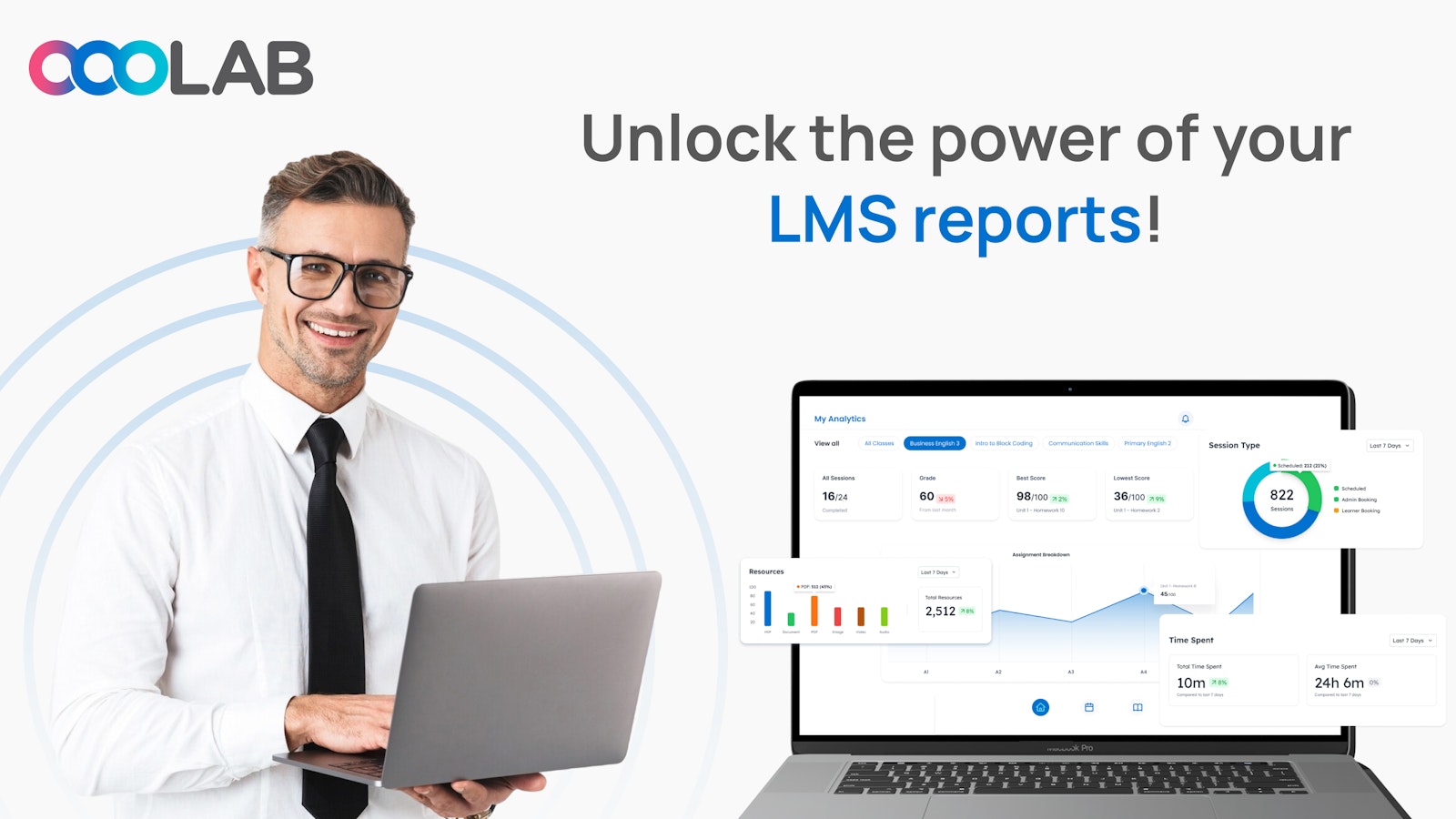

In today's digital age, Learning Management Systems (LMS) have become indispensable tools for organizations to deliver effective training and development programs. However, the true potential of an LMS lies not just in its features but in the valuable insights it can provide. By leveraging the power of LMS reports, you can gain a deeper understanding of learner behavior, course effectiveness, and overall training program performance.

LMS reports are data-driven summaries that provide insights into various aspects of your e-learning program. They can track learner progress, course completion rates, quiz performance, and more. By analyzing these reports, you can identify areas for improvement, measure the impact of your training initiatives, and make informed decisions to optimize your learning strategy.(elearningindustry)
The process of generating LMS reports varies depending on the specific LMS you are using. However, most LMS platforms provide a dedicated reporting tool or module. To access this tool, you typically need to:
To get the most out of your LMS reports, you can customize them to fit your specific requirements. Most reporting tools allow you to:
Once you have generated your report, you can export it to various formats for further analysis or sharing. Common export formats include:
By customizing and exporting your reports, you can gain deeper insights into your training data and share the information with relevant stakeholders.
>>> Read more: Enterprise LMS
>>> Read more: What is hybrid learning?
To effectively interpret LMS reports, it's essential to focus on key metrics that provide valuable insights into your training program's performance. Some of the most important metrics to track include:
By analyzing trends and patterns in your LMS reports, you can identify areas for improvement and make data-driven decisions. Some common techniques for analyzing data include:
LMS reports can help you identify areas where your training program may need improvement. Some common areas to focus on include:
>>> Read more: How to Choose the Right Enterprise LMS Vendor
>>> Read more: Customization Options for Enterprise LMS
Once you have analyzed your LMS reports, you can use the insights to make informed decisions that will improve your training program. Some examples of data-driven decisions include:
It's important to share the insights from your LMS reports with key stakeholders, such as management, HR, and department heads. This can help to:

By effectively utilizing LMS reports, organizations can gain valuable insights into their training programs. By tracking key metrics, analyzing trends, and making data-driven decisions, you can optimize your training initiatives, improve learner outcomes, and ultimately drive business success.
Book Free Demo with us. Bring your Training and Learning to a new height with LearningOS.
About us
At OOOLAB (pronounced 'uːlæb'), our mission is to make complex learning operations simple. We aim to positively impact the lives of over 1,000,000 learners and educators by the end of 2026.
OOOLAB's LearningOS provides educational institutions and corporate enterprises with an all-in-one solution to create and deliver engaging learning experiences.
Reach out to us at: Linkedin, FaceBook
Our platform is easy to use and automates all aspects of your learning operations. It efficiently manages complex tasks, allowing you to concentrate on delivering exceptional learning experiences.
Our all-in-one software solution combines a Content Management System, a Learning Management System, content authoring tools, and a mobile friendly Learner Portal.
Absolutely! LearningOS is an Enterprise LMS is a great fit for corporate learning. In fact, we have clients with up to 700,000 employees using LearningOS! Upskill your workforce by creating and assigning interactive eLearning content while effortlessly tracking employee progress.
Our platform is currently used by over 120,000+ learners, parents, and employees across 21 countries worldwide!
We offer ready-to-go curriculums for various educational purposes or our expert design team can build a custom course for you. We can also upload your existing learning materials and enhance them digitally.
Our platform, designed by educators for educators, provides you with all the tools you need to scale. Build and promote your own hybrid and blended learning courses and save money on licensing fees by owning your own proprietary content.
Schedule a meeting with our experts and we’ll talk about how our platform can address your unique challenges and help to grow your business.